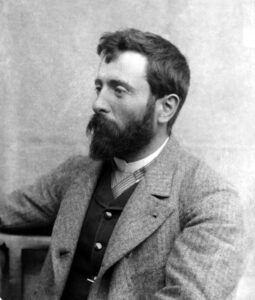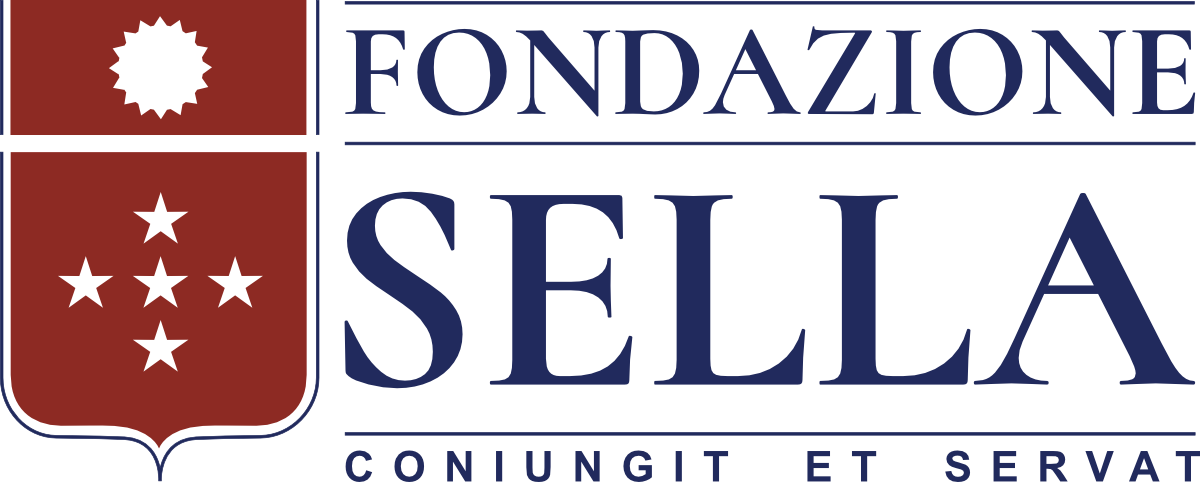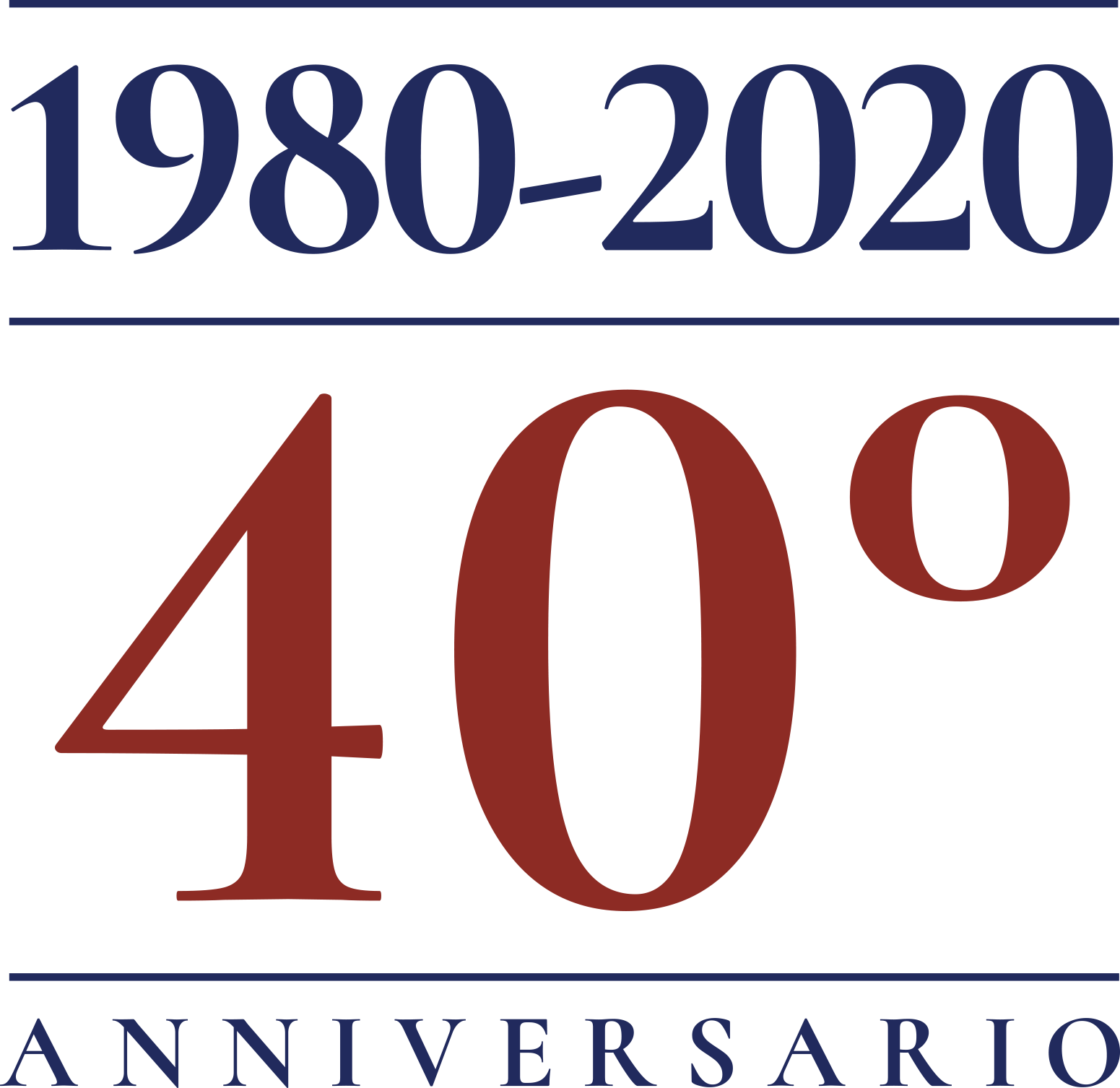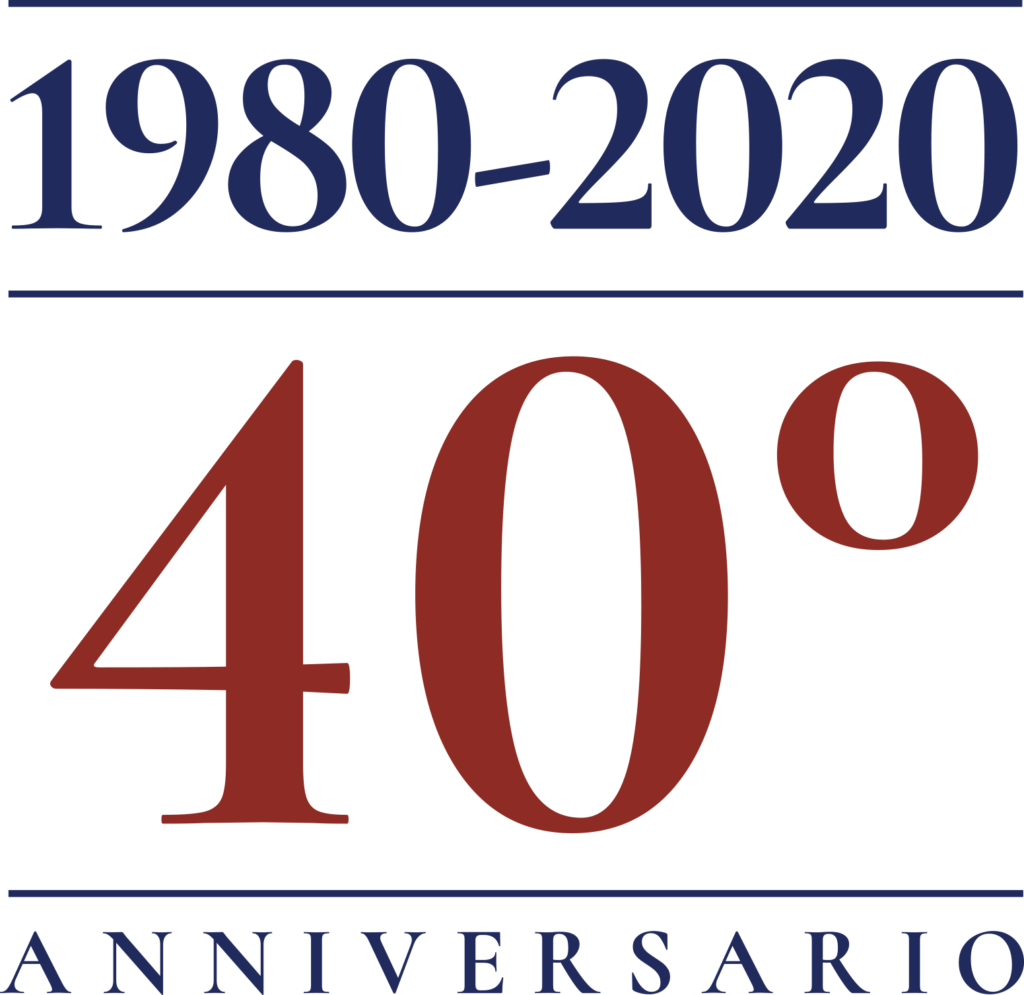Vittorio Sella

Vittorio Sella
Date of birth: 1859-08-28
Died: 1943-08-12
Place of birth: Biella
Died: Biella
Related archive: SELLA, VITTORIO
Vittorio Sella was born in Biella on 28 August 1859 of Giuseppe Venanzio and Clementina Mosca Riatel.
He learnt the rudiments of photography from his father, a textile entrepreneur, photography expert and author of Il plico del fotografo, the first theoretical and practical treatise on photography. On his father’s death in 1876, he became friends with photographer Vittorio Besso who gave him a camera measuring 30×36 cm, which he used for his first circular panorama of the Alps taken from the summit of Mount Mars in 1879. From then on Vittorio Sella linked photography with a love of mountains that he had inherited from his uncle Quintino who, as well as scientist and statesman, was a mountaineer and founder of the CAI (Italian Alpine Club) in 1863.
Vittorio Sella was also noted for his exploits in winter mountaineering, and achieved several “firsts”: he is regarded as a pioneer in photography at altitude and his pictures document his many travels.
In 1888 he explored the slopes and peak of Etna, his first contact with new landscapes, and a sort of preparation for what was to be, the following year, his first trip outside Europe, to the Caucasus. From 1889 to 1909, Vittorio Sella explored the mountainous regions of four continents.
After his first expedition to Central Caucasus in 1889, two others followed in 1890 and 1896. The documentation he brought back and the scientific data obtained from these last trips earned him the Cross of the Knight of the Order of Saint Anna – conferred on him by Tsar Nicholas II – and the Murchison prize from the Royal Geographical Society of London. On his return from his final expedition to the Caucasus he received an invitation from His Royal Highness Luigi Amedeo of Savoy, Duke of the Abruzzi, to take part – as official photographer – in an expedition to Alaska in 1897, culminating in the first ascent of Mount Saint Elia.
In 1899 he documented the exploratory expedition to Sikkim and, led by the English mountaineer Douglas W. Freshfield, completed the circuit of the Kangchenjunga Massif.
Vittorio Sella went on two further trips led by the Duke of the Abruzzi, the first to Ruwenzori in 1906, conquering the summit of the mountain of the same name, the second to Karakorum, making the first ascent of the Chogolisa up to 7,498 metres.
In his photographic work he used a range of techniques, including wet and dry collodion and by 1881, he was using plates with gelatin bromide plates of 24×30 cm, which he adopted in 1882 to take a circular panorama in eleven plates of the summit of the Matterhorn. From 1882 to 1893 he used the same plates but measuring 30×40 cm and he documented both sides of the Alps.
In the Thirties he focused on the reprinting and reinterpretation of his negatives in order to obtain effects of greater aesthetic impact, using a process called “tone on tone”, which he perfected himself.
Vittorio Sella displayed his pictures at national and international exhibitions, and received numerous prizes and acknowledgements between 1884 and 1923.
As well as the photographs he took in the mountains and on his various expeditions there are photographs on a variety of subjects – including many of his family life – a detailed reportage on Sardinia and another on a trip to Morocco.
Besides his photographic work, Sella briefly managed the dyeing department of the Maurizio Sella Wool Mill and in 1902, with his brother Erminio and his cousin Edgardo Mosca, he founded the “Sella & Mosca” winery in Sardinia.
He was appointed chairman of the Board of Superintendence of the “Gaudenzio Sella & C.” bank which he co-founded in 1886.
Inside what is today the location of the Vittorio Sella Museum, situated beside the monastery of San Gerolamo, his photography laboratory can still be seen with the solar enlarger he used until his death in Biella in 1943.


